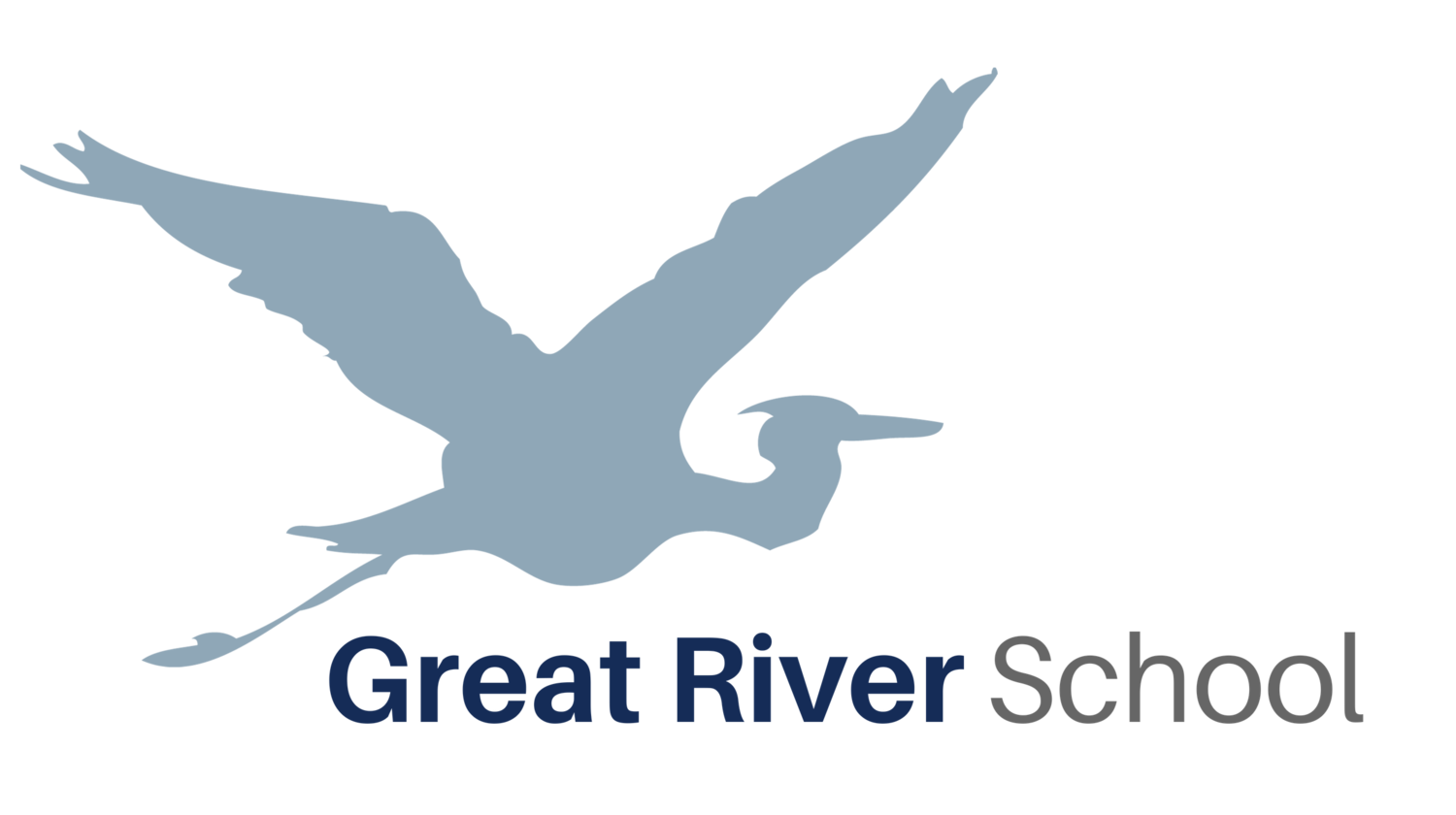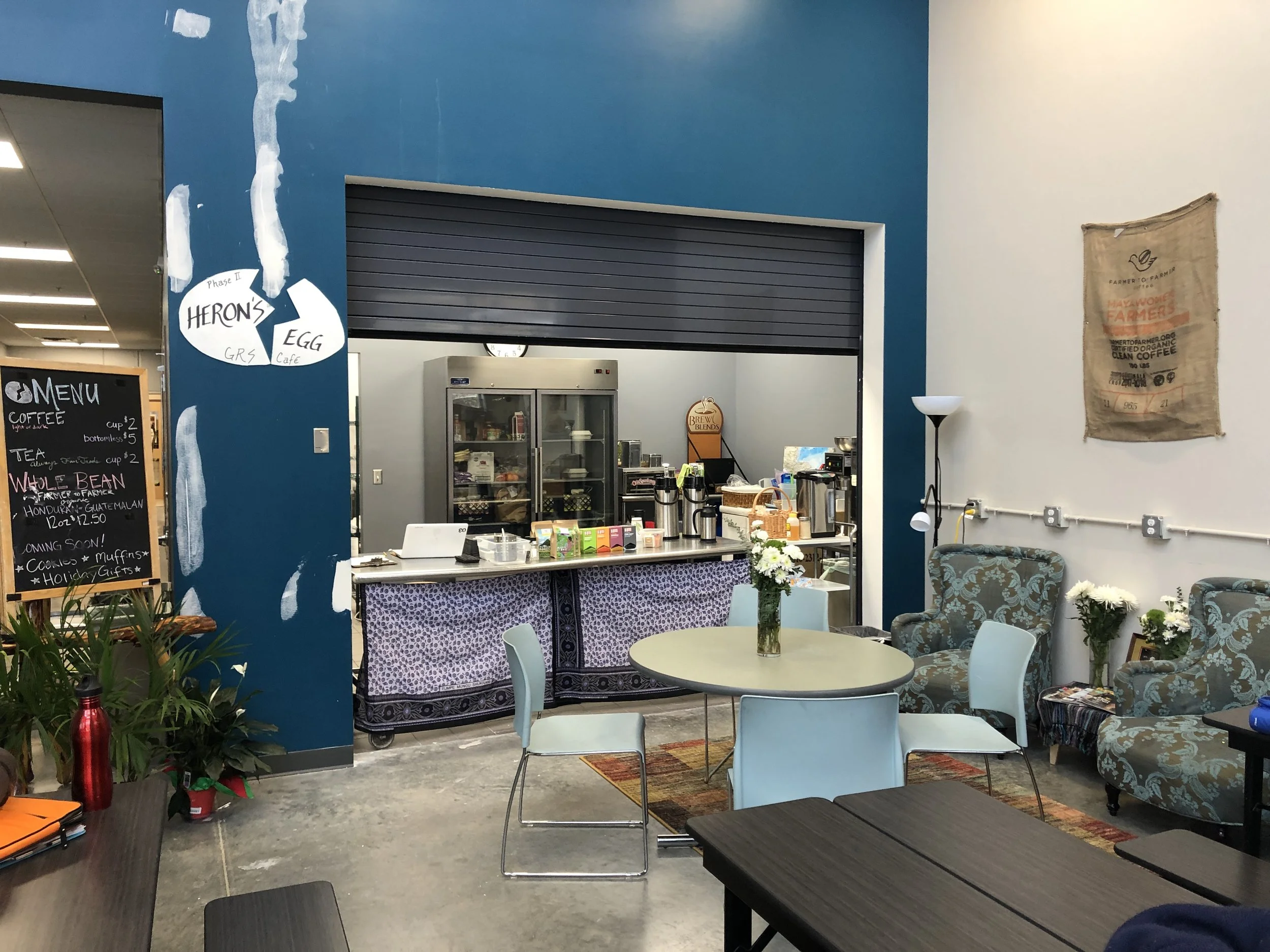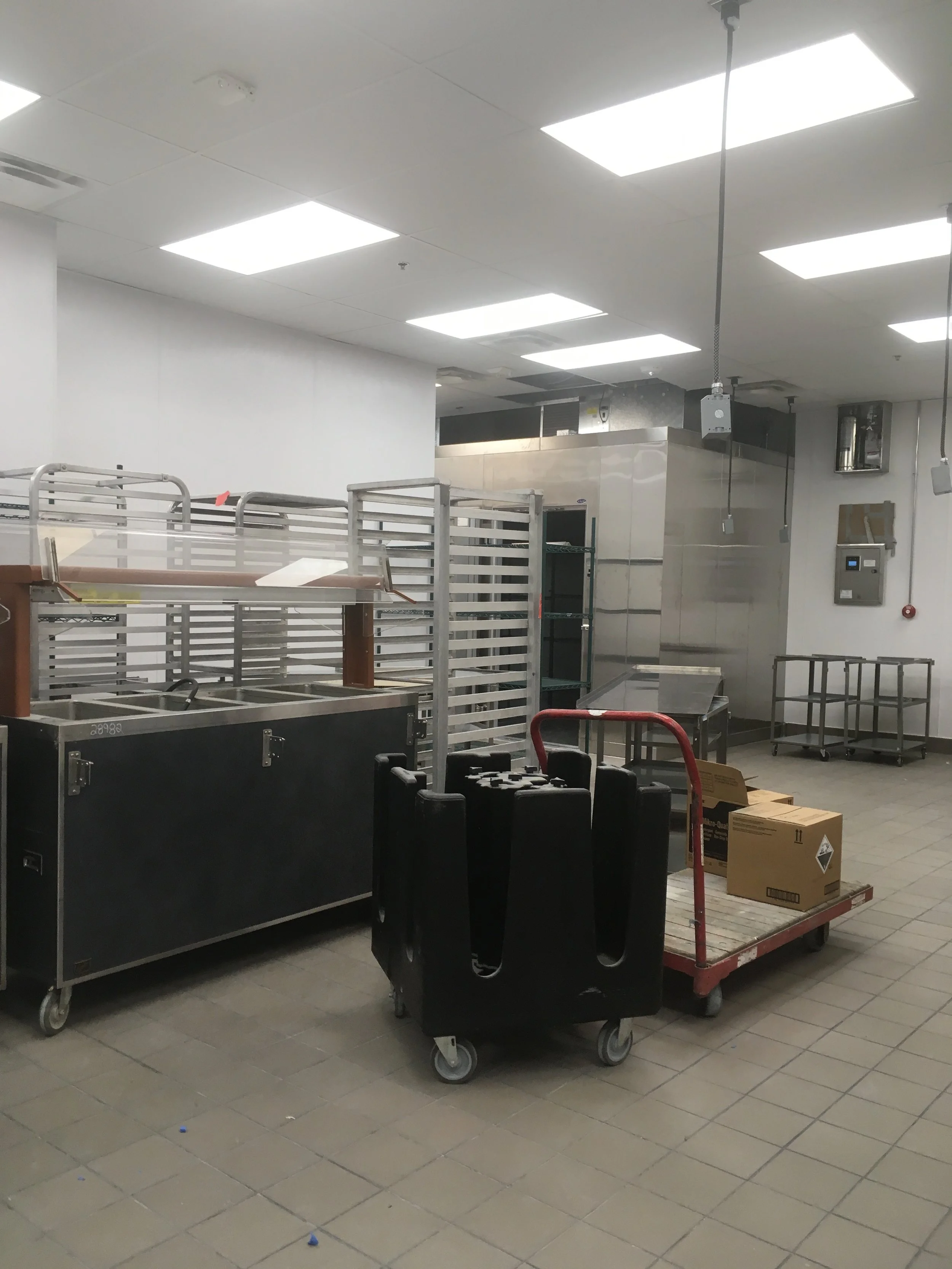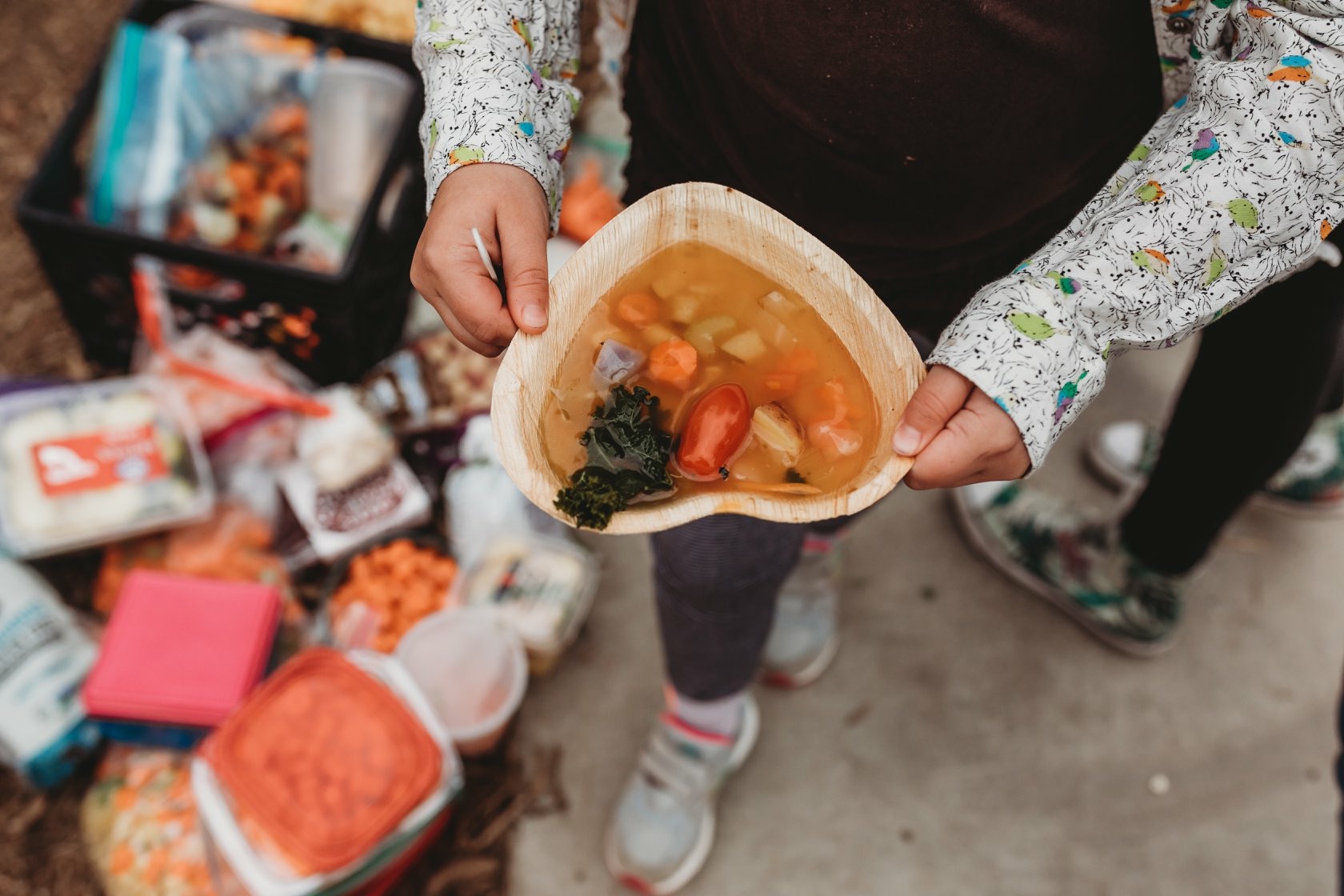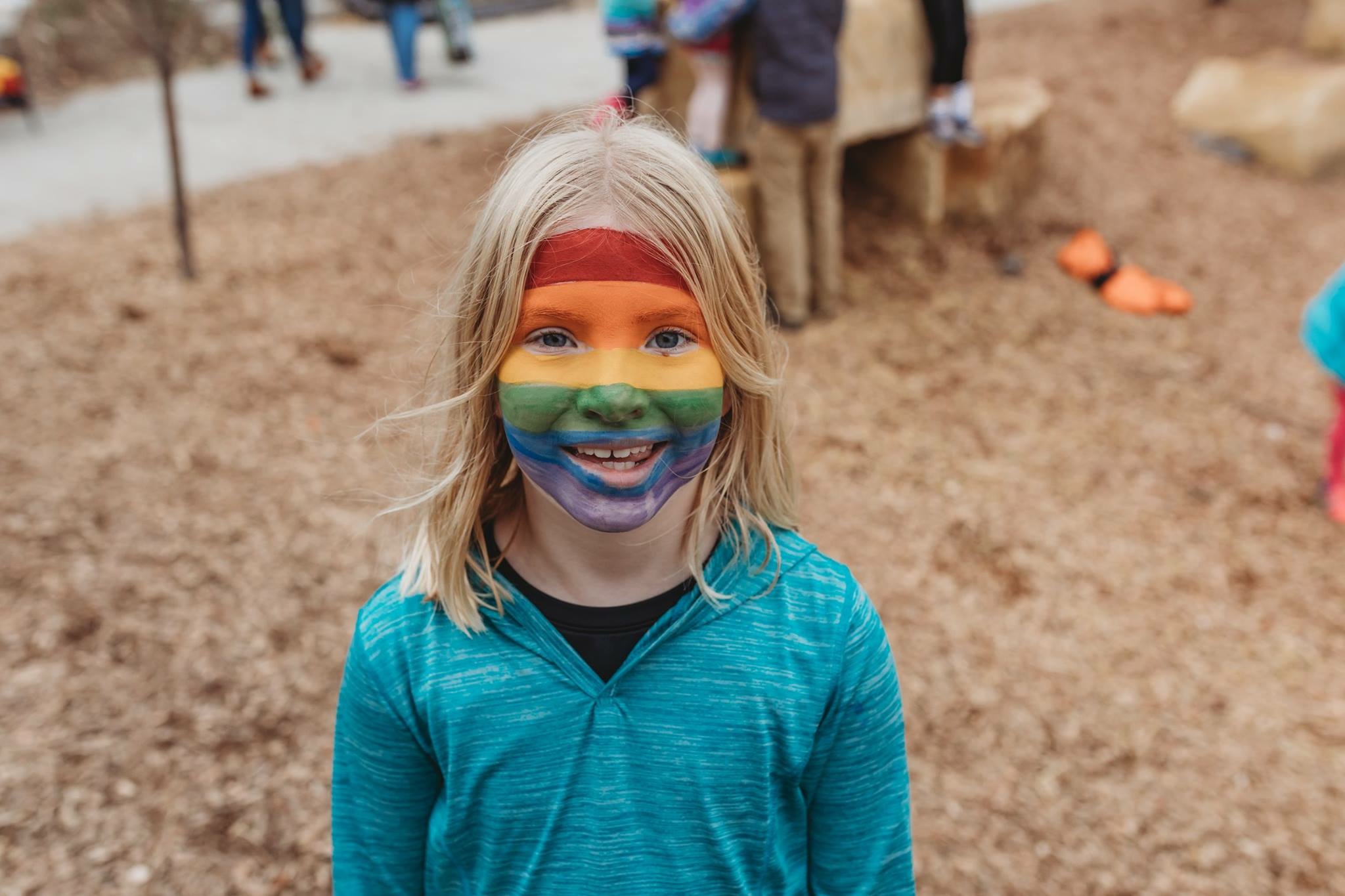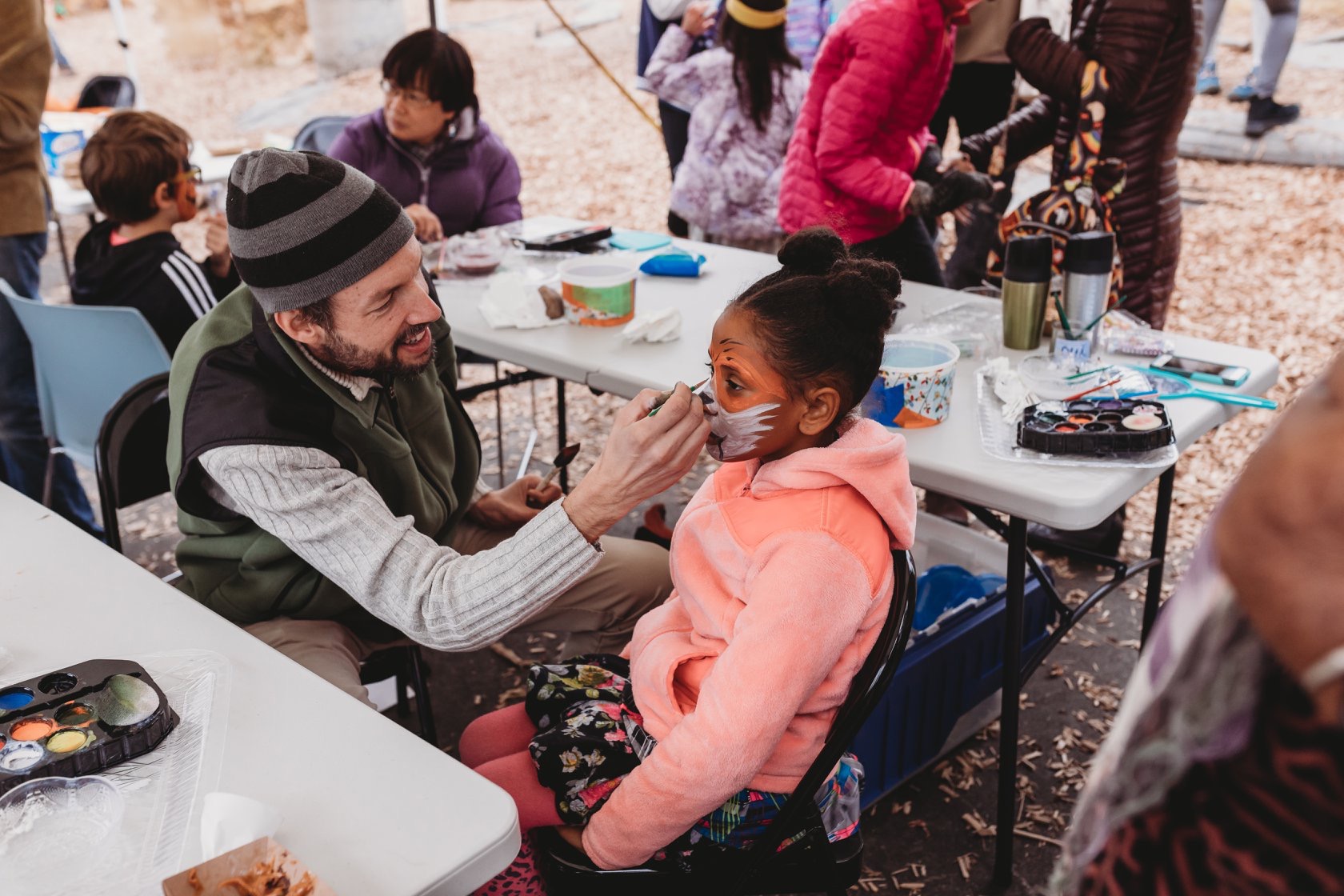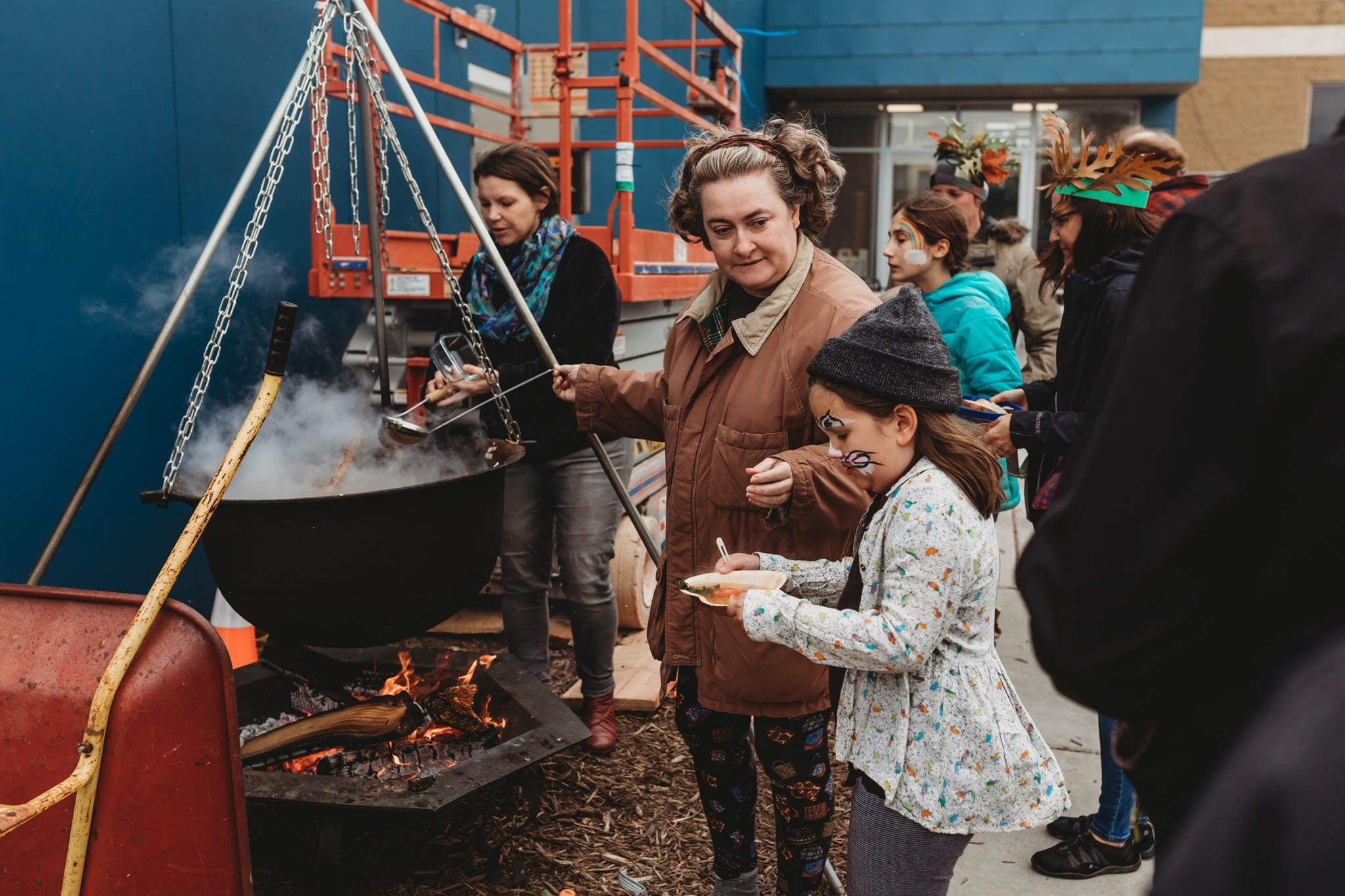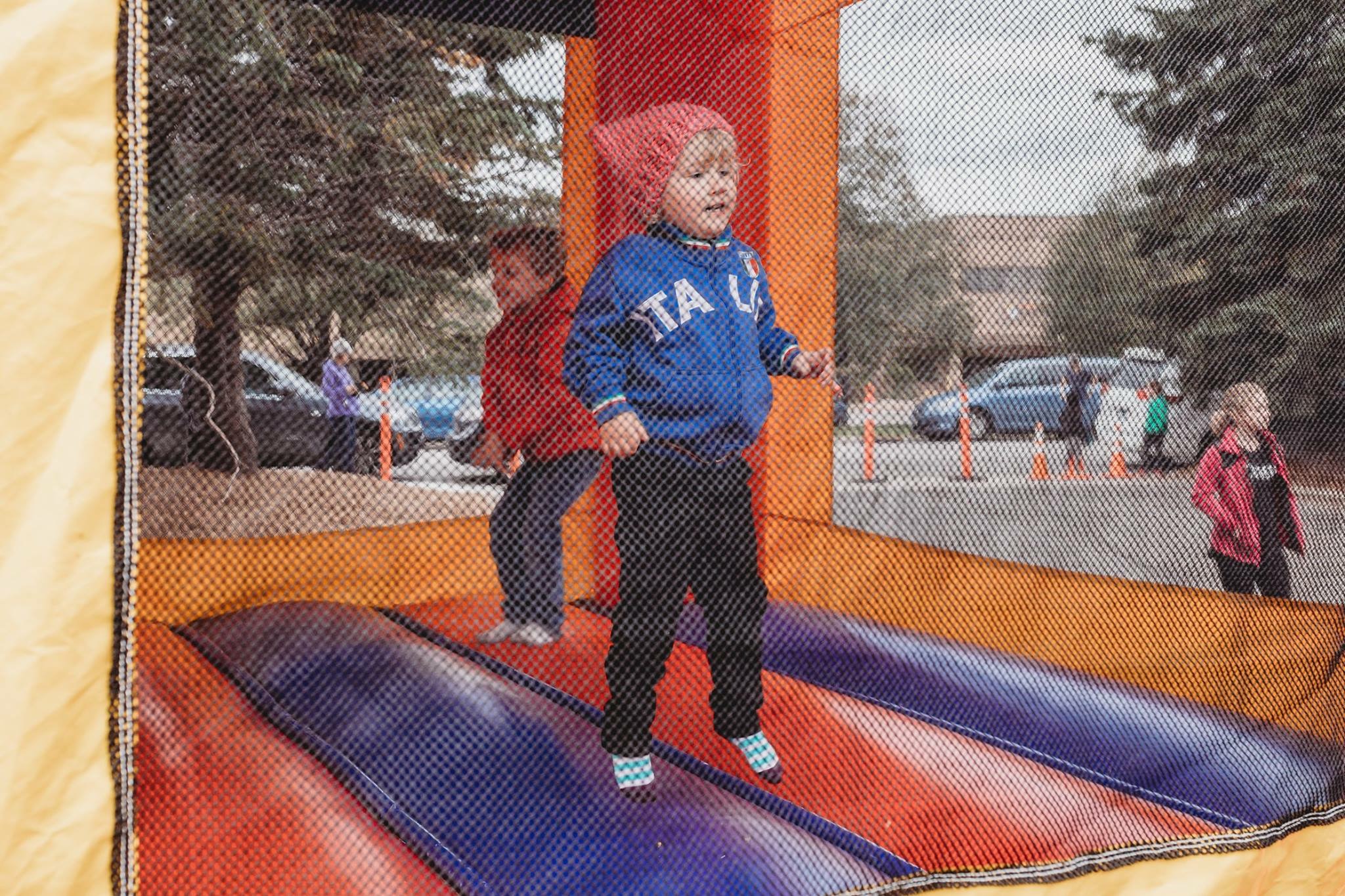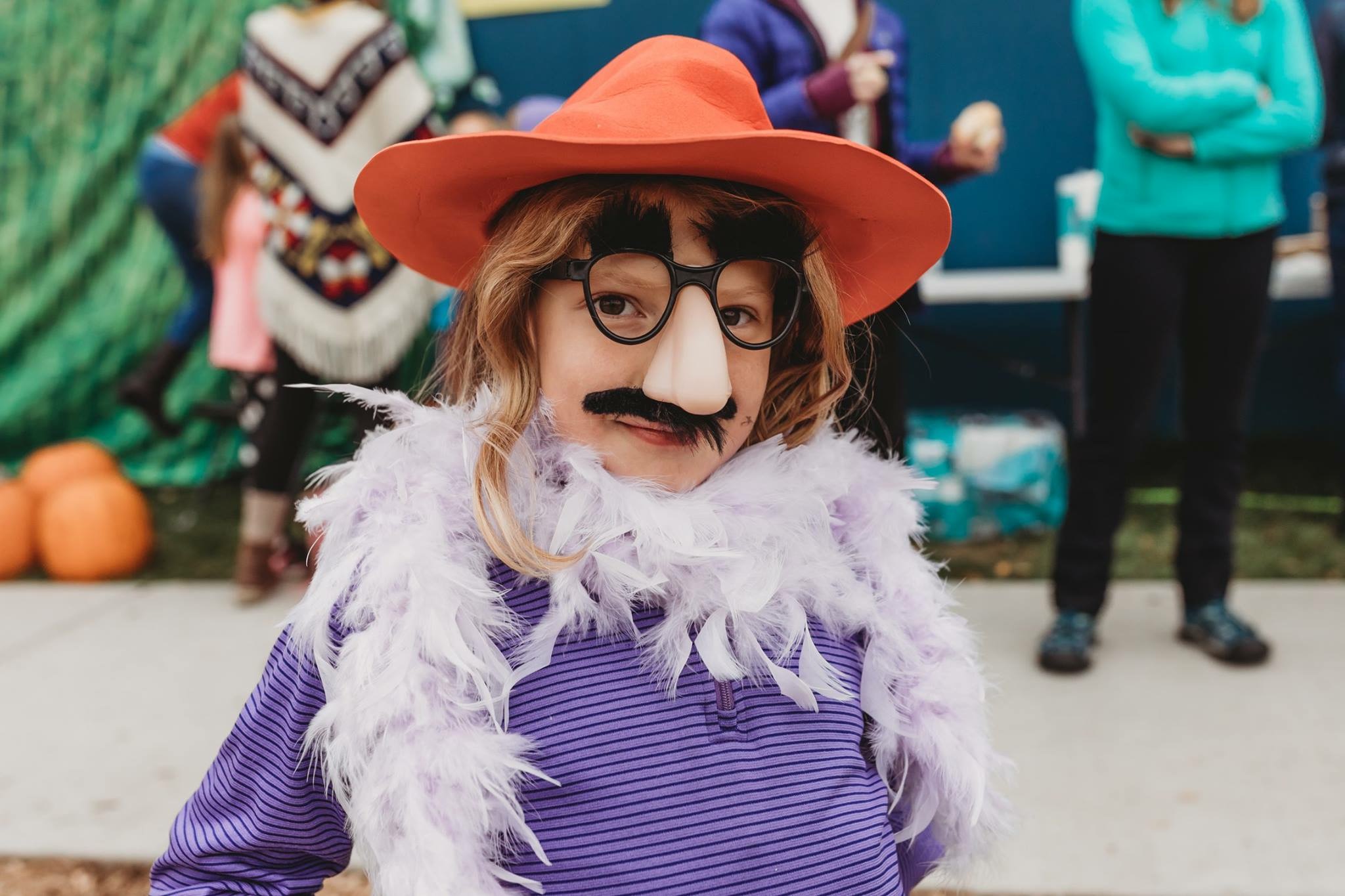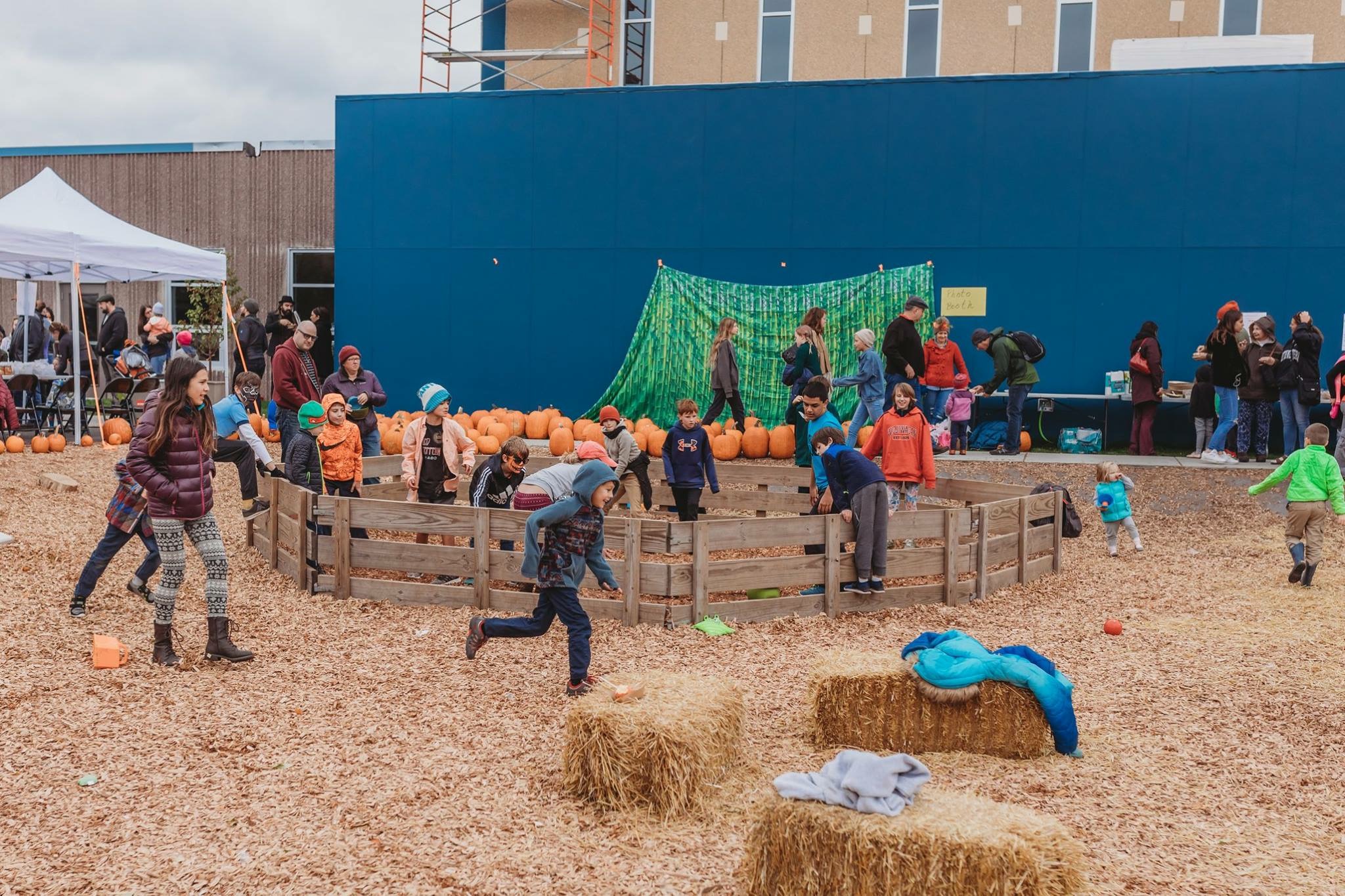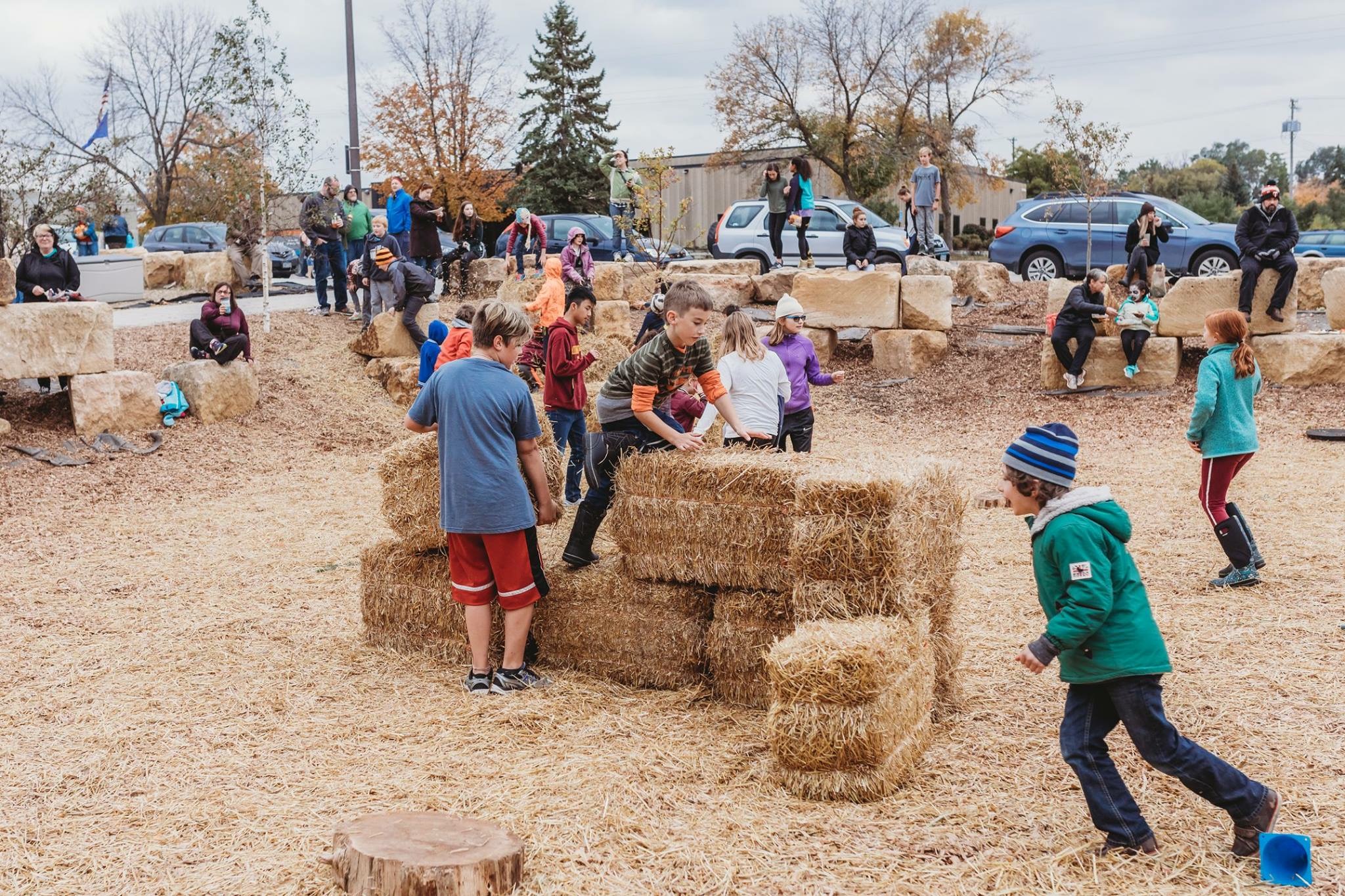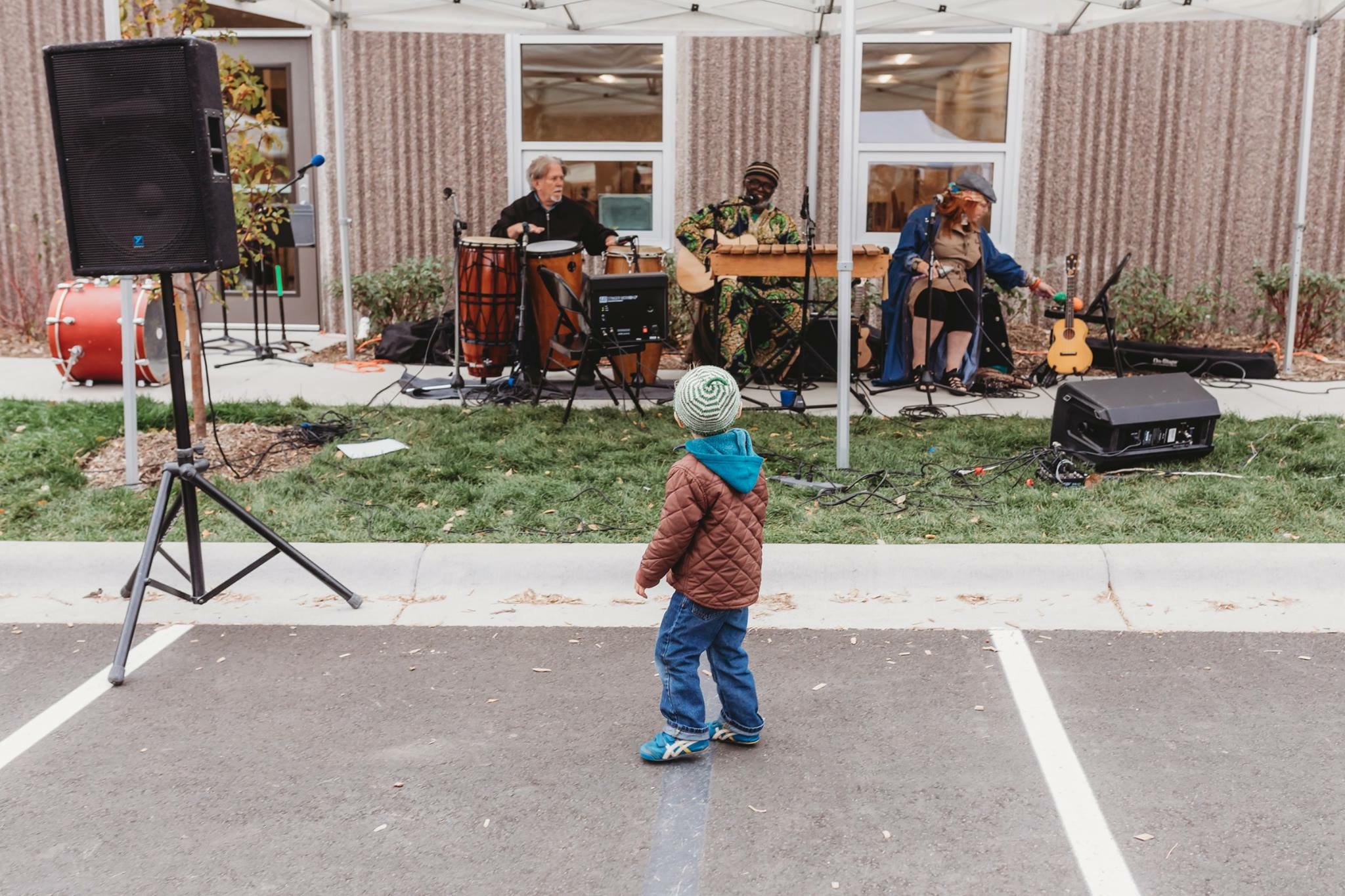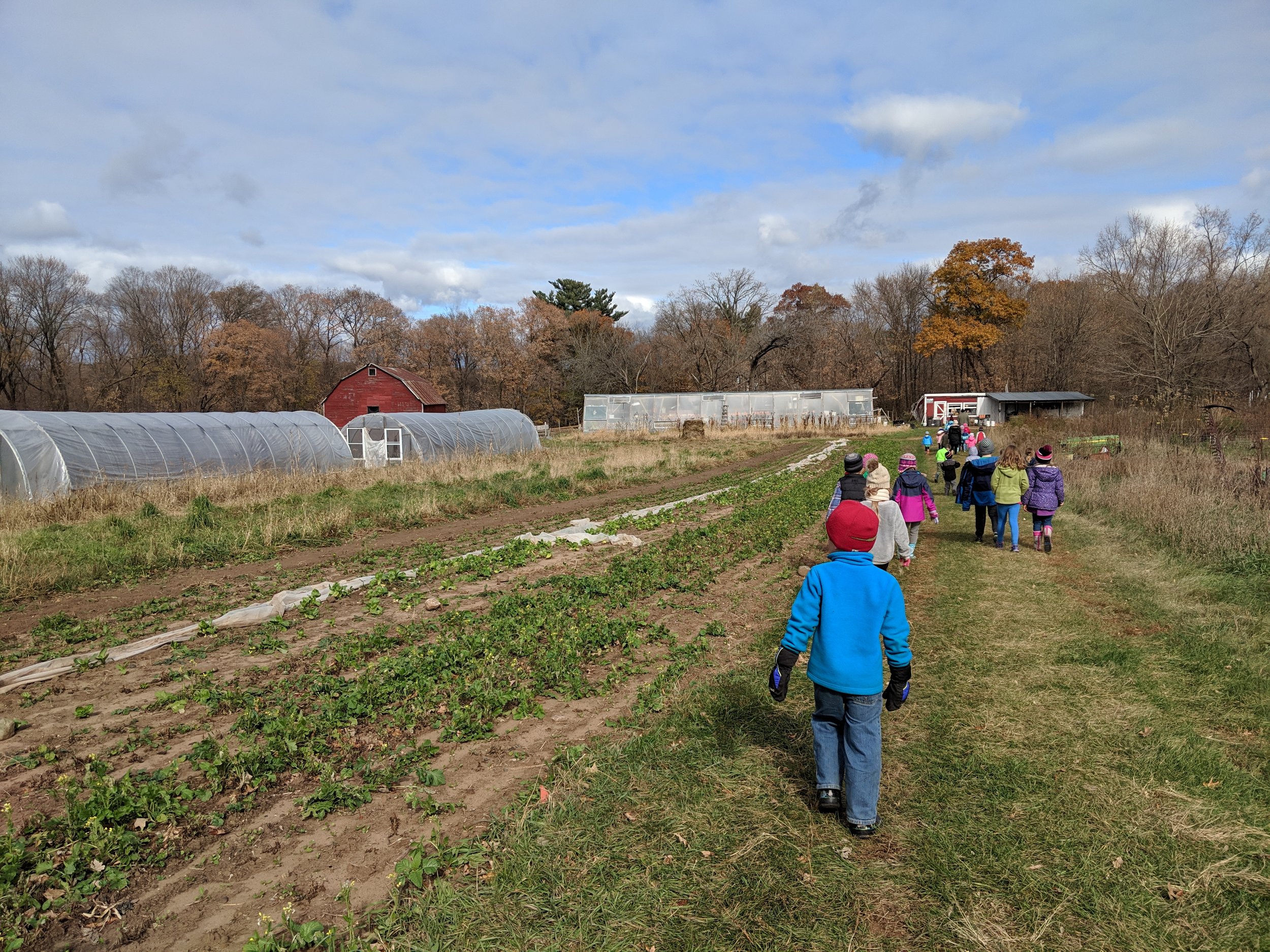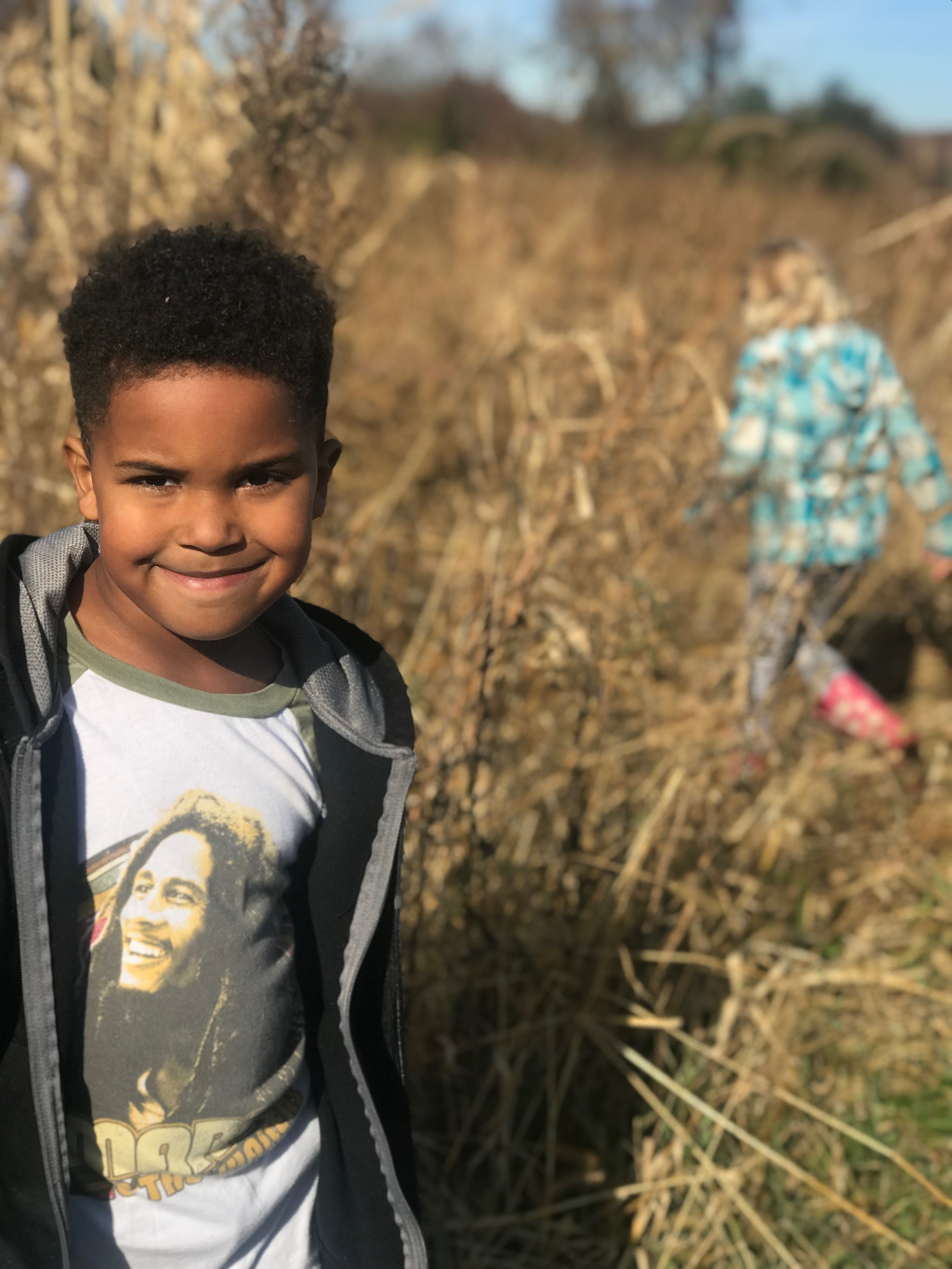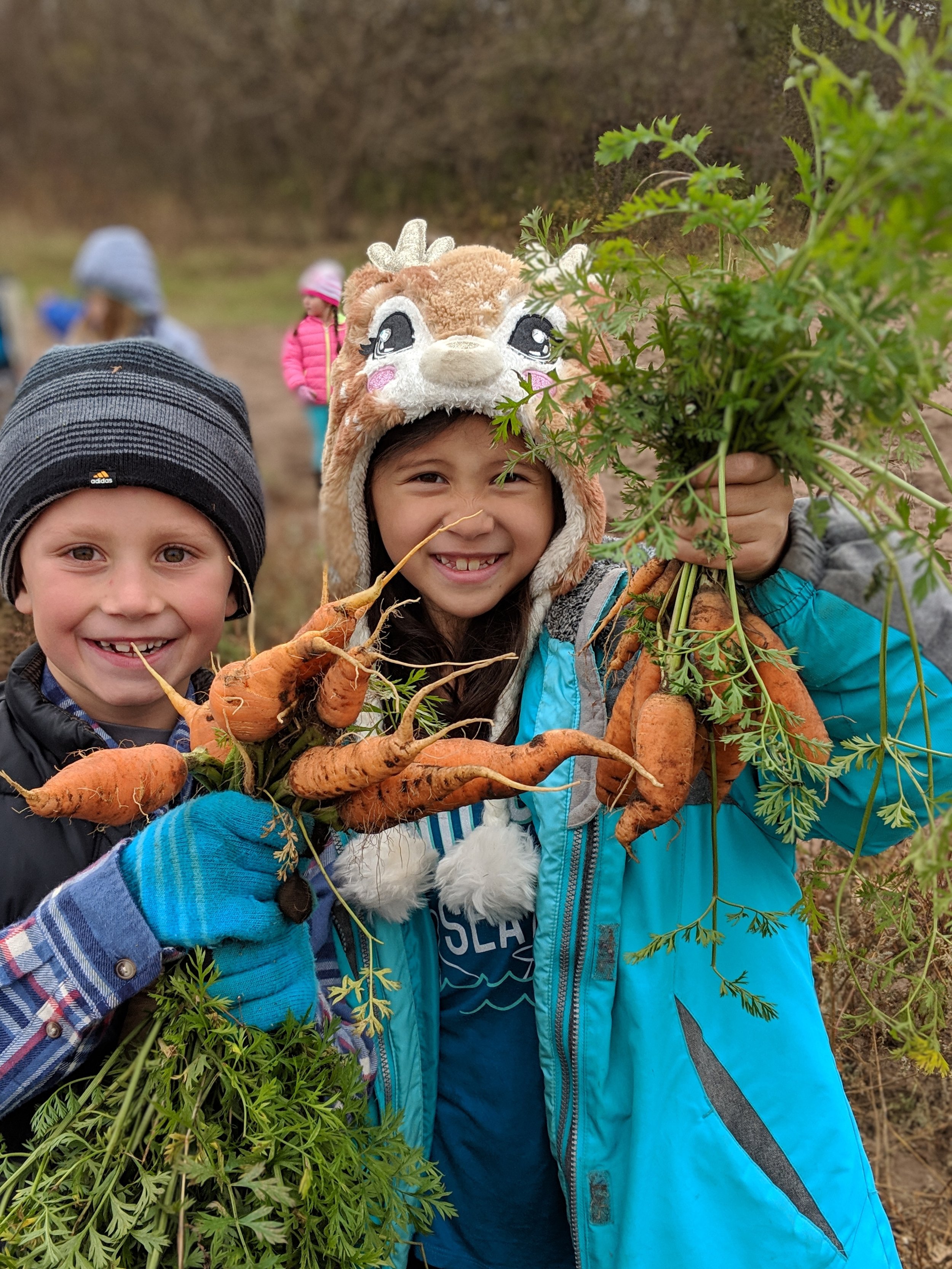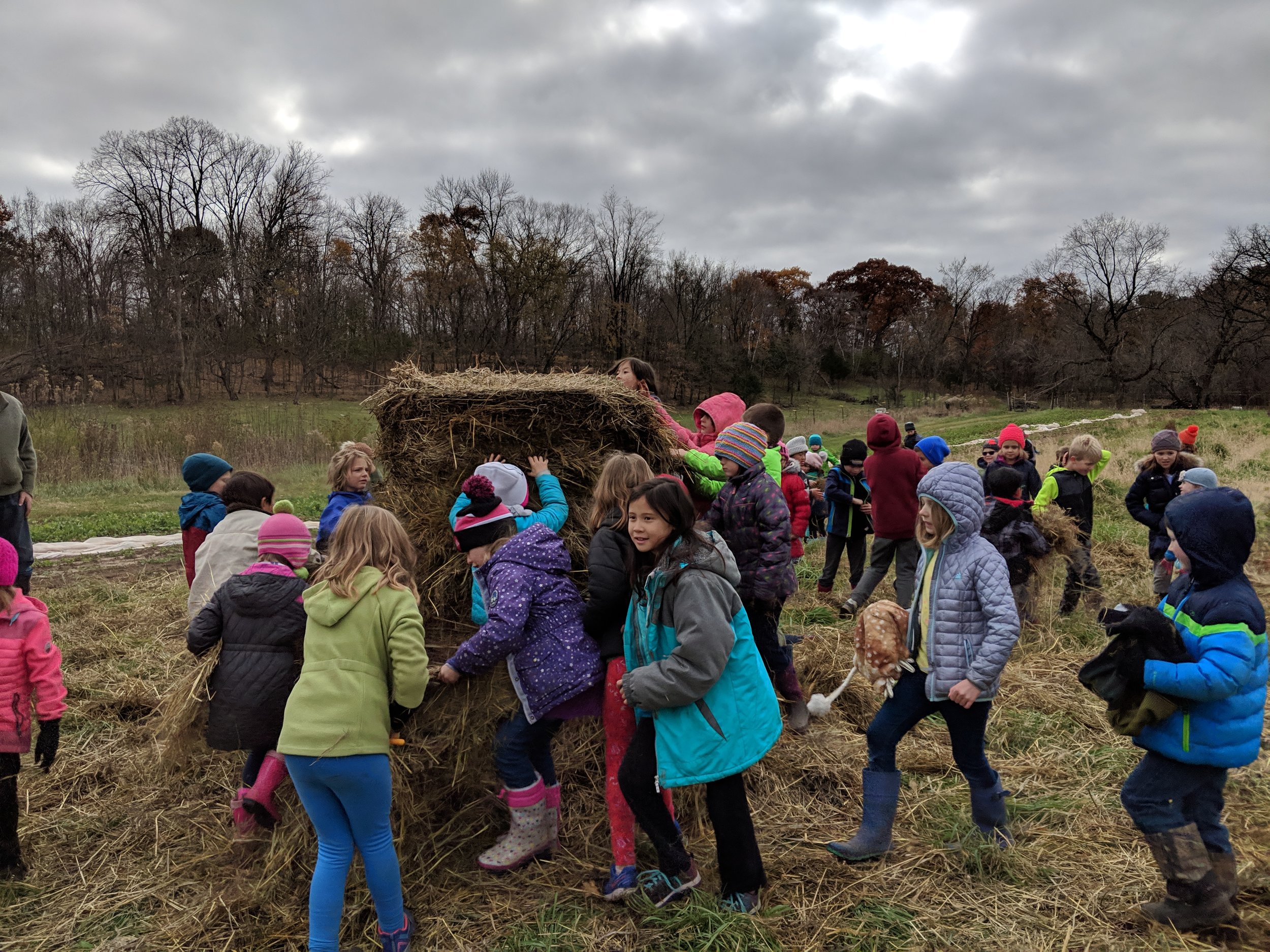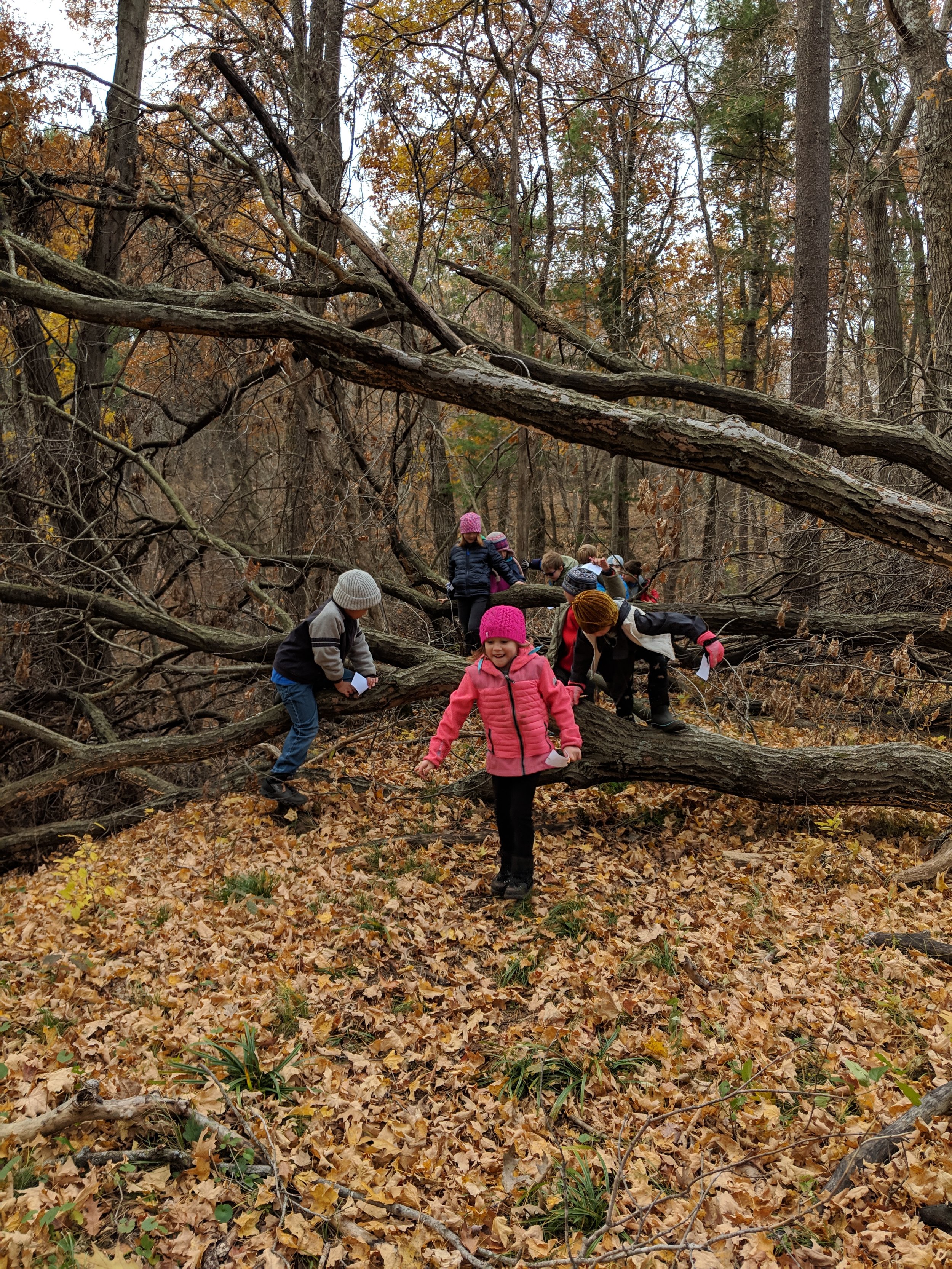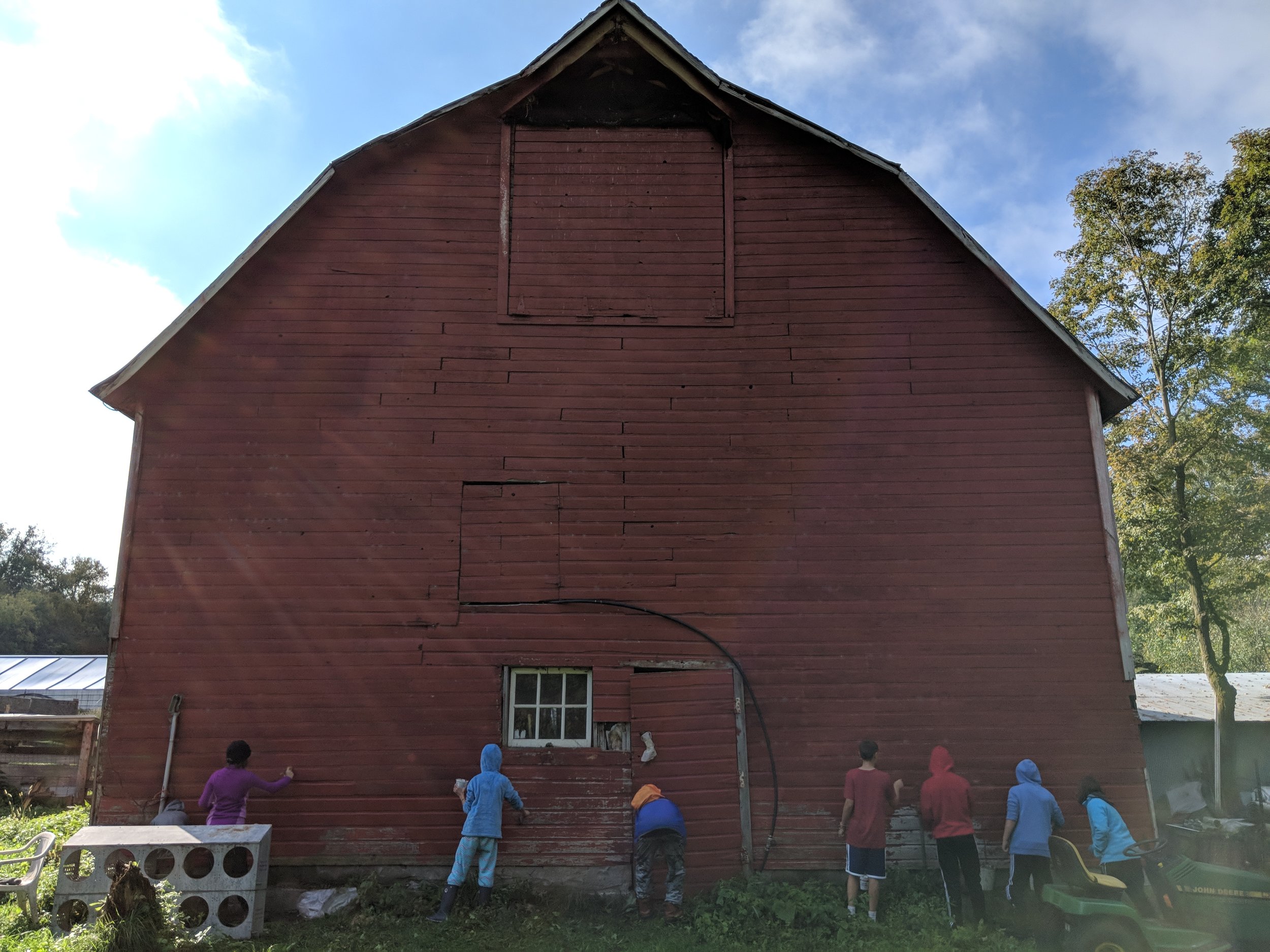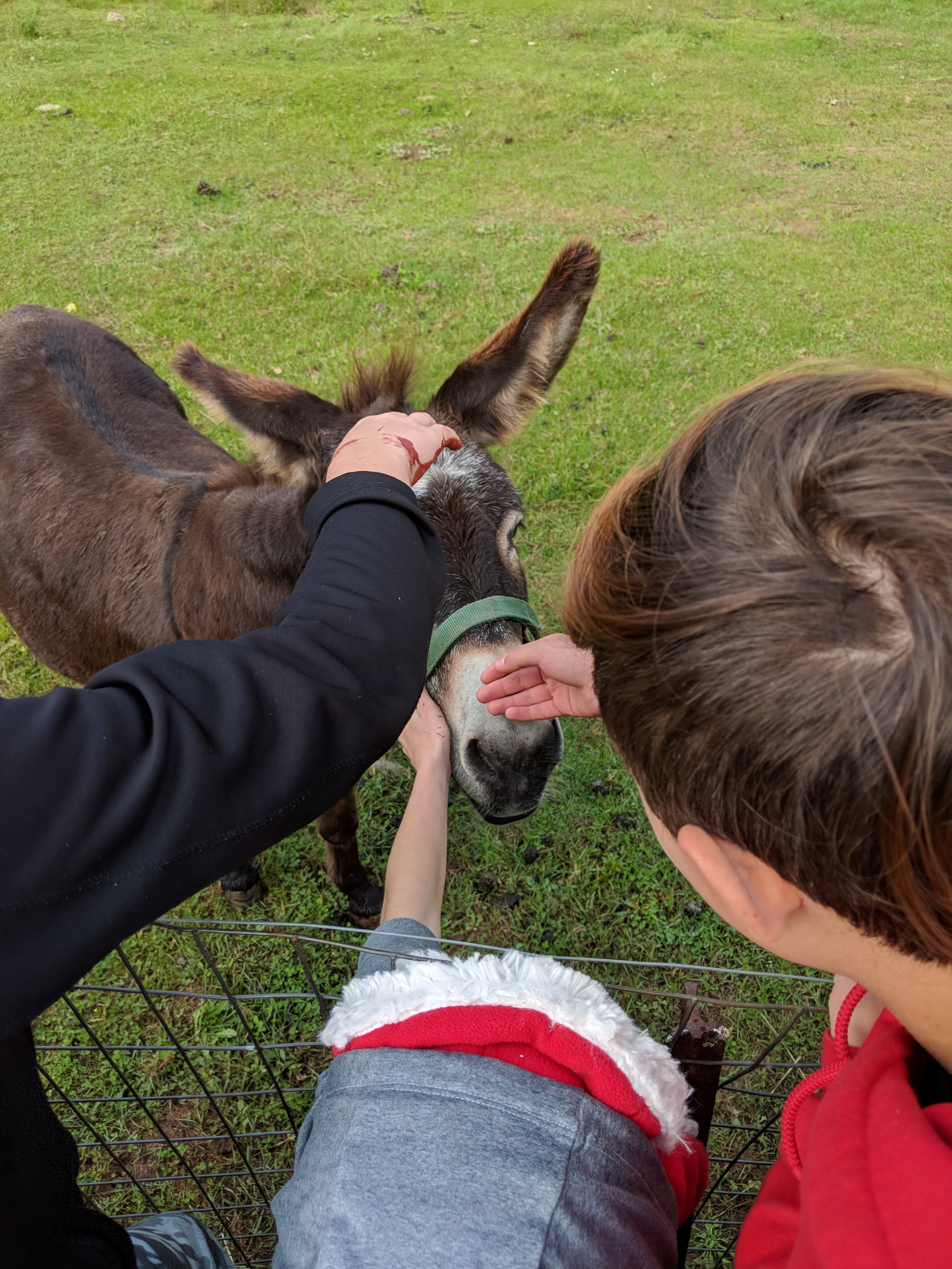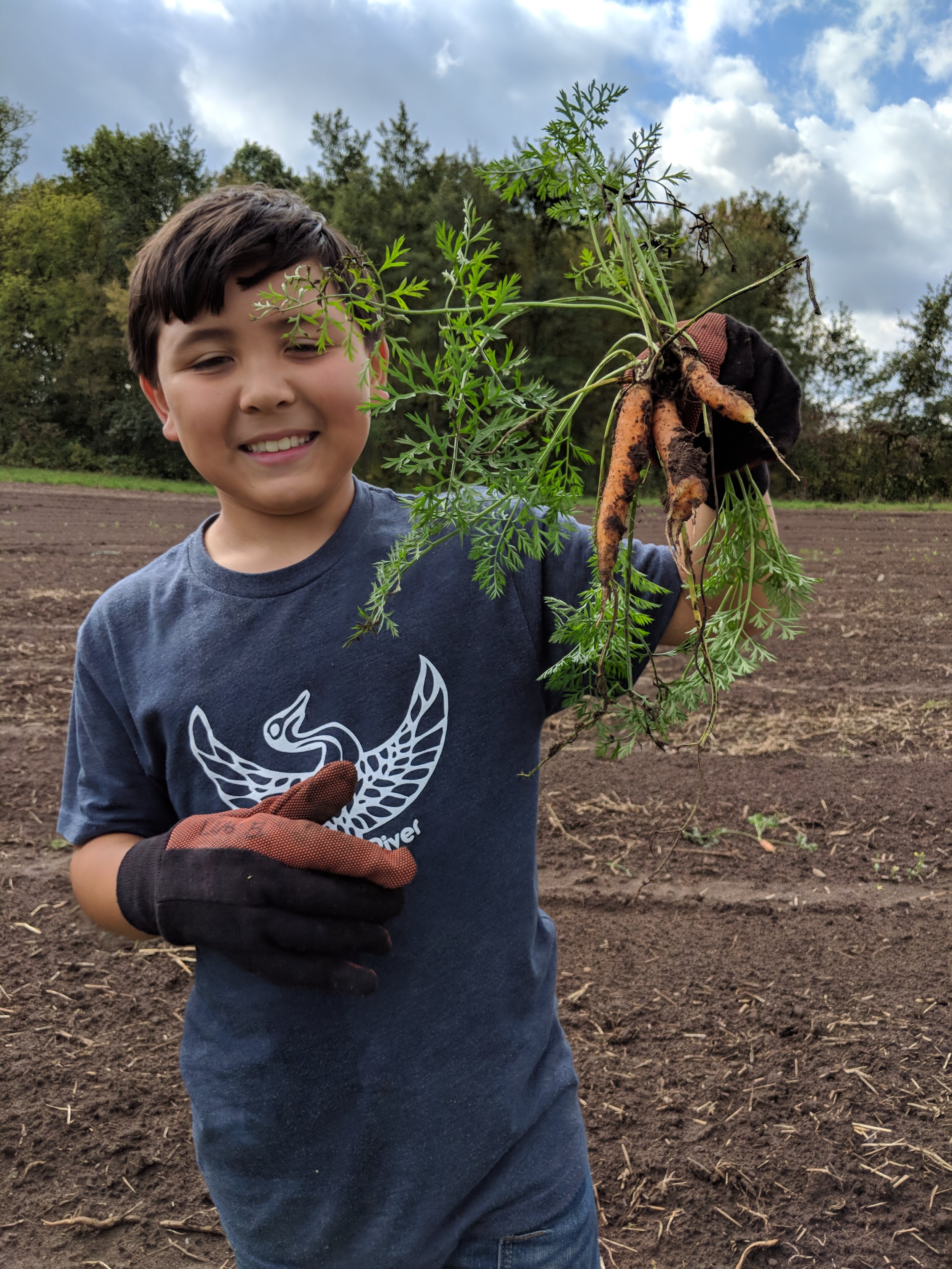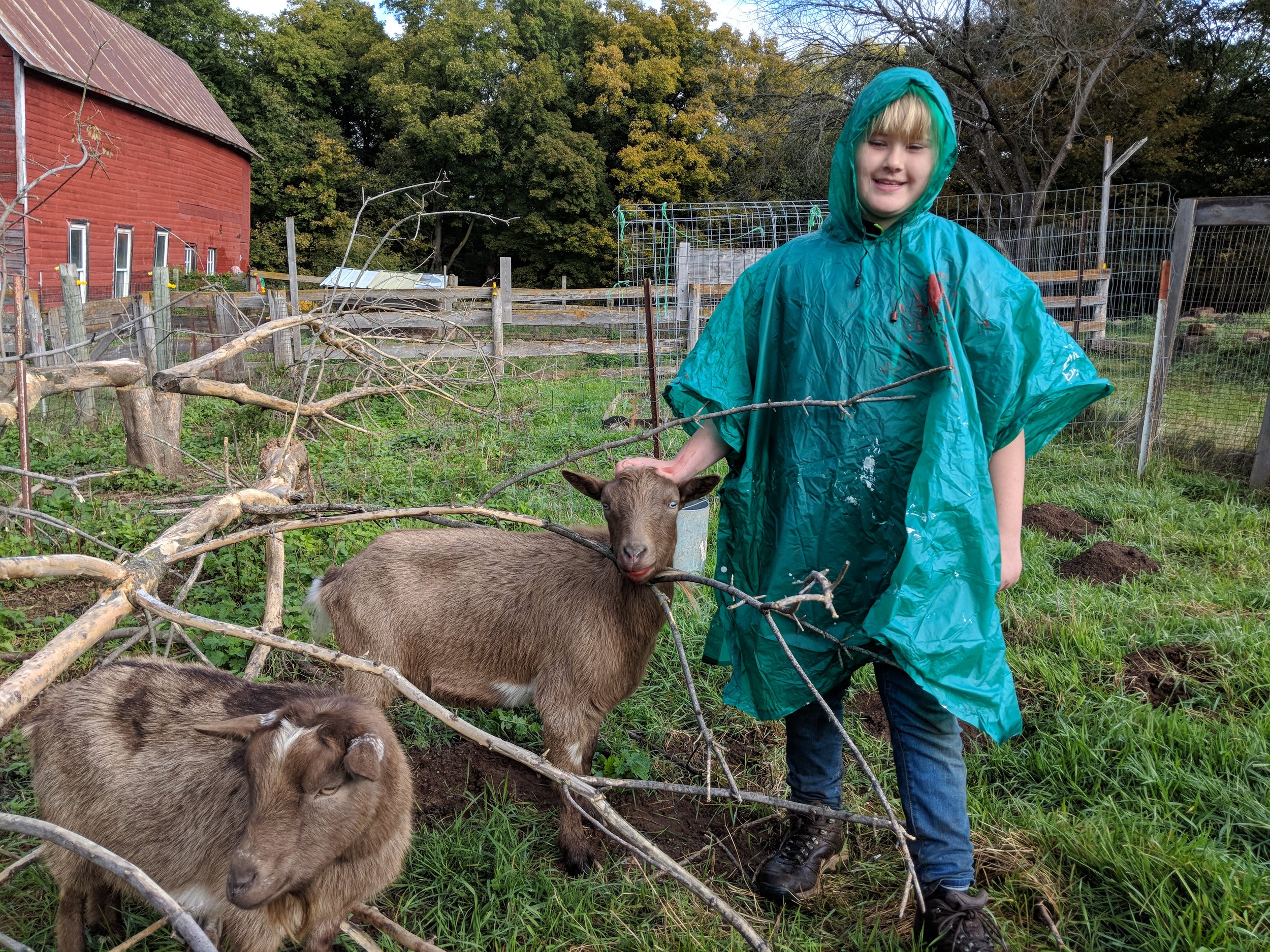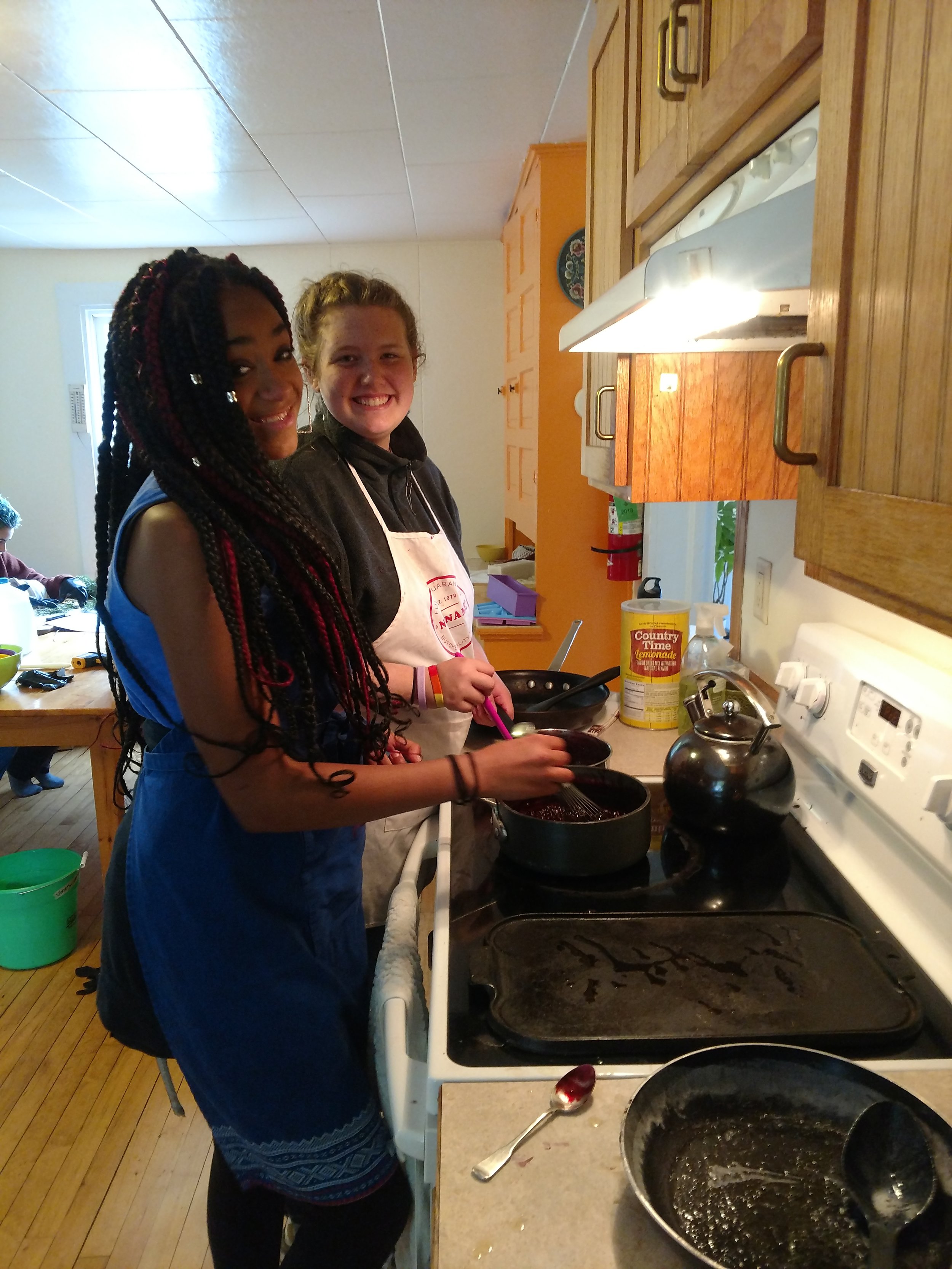On October 3rd, Great River juniors and seniors attended the Nobel Conference 54 (Soil: a Universe Underfoot) at Gustavus Adolphus in St. Peter, MN. The conference aimed to invite participants to “consider the vast diversity and complexity of soil and to ponder the challenges we face in protecting this most fundamental resource.”
We’ve collected some student reflections below:
Hayden Cyrus
I think the Nobel Conference taught me that it is important to maintain soil health and make sure we have healthy soil. We need to make sure that farmers should not till their soil so much because it breaks up the ecosystem of plants and crops. I also found it interesting how we were taught to make sure that soil needs to be healthy or it could affect what we eat in the future. Not many people know the importance of soil and how it needs to be healthy. I really hope in the near future more people will know about soil health and how we should maintain it, because I really think that it's important.
Most farmers till their soil, which is fine in most cases but if you continuously and repeatedly it can have a grave affect on your soil. The reason for that is because when you till soil it breaks up its ecosystem and makes it less stable and terrible for the plant or crop. And it's our responsibility for us humans to make sure our soil is plantable and sustainable. So that's why we need to use non-tilled soil so it can keep that ecosystem and sustain itself and also we need to stop using harmful chemicals.
Kieran Aus
There was one key idea brought forward during the Nobel Conference that really stood out to me - there are many downfalls of repeatedly tilling your soil in order to prepare it for new crops and tilling leads to increased erosion. The exposed, uncovered soil easily gets moved around by wind and rain. The goal of tilling is to start your crop in a weed free environment, but an overlooked benefit of weeds is that they hold the soil together. Tilling up healthy soil makes it very easy for a little bit of rain or wind to wash away the nutrients and microorganisms in the soil, and even erode the soil itself. This is what caused the Dust Bowl, winds whipping around dry tilled soil.
Another huge downfall of tilling is its disrupting of microorganism ecosystems in soil. These little microbes to do much to help the soil, they are adapted to their environment and they play crucial roles in maintaining a healthy soil. They help provide nitrogen and water to the plants, are they are primary decomposers of dead plant matter. Most of these ecosystems are in the top few inches of soil, exactly the part that gets torn up by tilling. This displaces the microorganisms, pushing them away or down into deeper portions of the soil where they cannot survive to help the soil. Because of this, come people are adopting a no-till style of farming. This makes the soil much healthier; it absorbs more water, holds more organic matter, and cycles nutrients very well. The dead plants that have been cut from last years crops remain there, covering the soil and keeping in more moisture and making it cooler. No-till also makes the soil much more resilient and able to withstand heavy rains and winds. Over time, it also reduced the costs of running large scale farming operations as there isn’t a need for as much large, expensive machinery. Ray “The Soil Guy” showed a demonstration of him running water through soil, one portion of soil was tilled, the other not tilled. The soil that wasn’t tilled absorbed almost all of the water that contacted it, and almost all of the water applied to the tilled soil ran right through it. Many farmers continue to till their soil because it has been a very common farming practices for decades. Driving down in southern Minnesota, or near any farm land for that matter, tilled soil is everywhere! However, I believe this will change over time as they see the no-till farmers reaping the benefits of letting the natural soil thrive.
Anonymous 11th Grader:
One key idea discussed in the Nobel Conference was biodiversity. Biodiversity is defined as “the variety of life in the world or in a particular habitat or ecosystem.” Biodiversity is often referenced as a measure of an ecosystem’s health, but I hadn’t thought about or understood why until the Nobel Conference. But there are many instances, especially in soil health, that biodiversity is critically important. One such example came up during Ray Archuleta’s talk about sustainable farming practices. On many farms, biodiversity isn’t thought about much. Generally speaking, one crop is planted in one field, and then the field is sprayed with herbicides over and over in order to kill off all unwanted plants. The practice of applying herbicides is thought of as necessary, because those unwanted plants may be taking up nutrients in the soil that the desired crop needs to grow. But scientists like Archuleta have proved that’s not the case. They have created crop mixes designed to mimic prairies that include crops often grown in monoculture (like corn and soybeans). The yields from the crop mixes have been wildly successful, because cover crops, which help to maintain and restore nutrient levels in the soil, are being grown at the same time as the desired crop. This biodiversity not only improves the economic output of farmers, but the health of the soil.
Another example of beneficial biodiversity came up in Suzanne Simard’s talk about the connections that exist within forests. Just like in farming, it was once considered that plants of different species exist in fierce competition with each other. As such, logging companies would remove trees from forests they sourced from that were not the desired species of trees, with the thought that the desired specie would get the nutrients and resources to grow faster. But this was soon found to be untrue. Trees that were planted in those forests were less likely to survive than trees that were planted in forests with high biodiversity levels. Simard’s research provides us with a reason why. Trees connect with each other through fungi that grow on their roots, called mycorrhizae. Through these connections, trees can send nutrients. Some even share nutrients based on seasonal need. In the winter, coniferous trees share much of the sugar they produce with deciduous trees, who are producing very little. In the spring, the coniferous trees are on In this way, biodiversity in forests allows for a strong and resilient ecosystem. The understanding of biodiversity is important because it provides us with a better way to care for the earth. Biodiversity illustrates perfectly the connection that exists between all things in nature, as the lack of it often has dramatic negative consequences. I believe that biodiversity is essential if we wish to create a more sustainable future.
